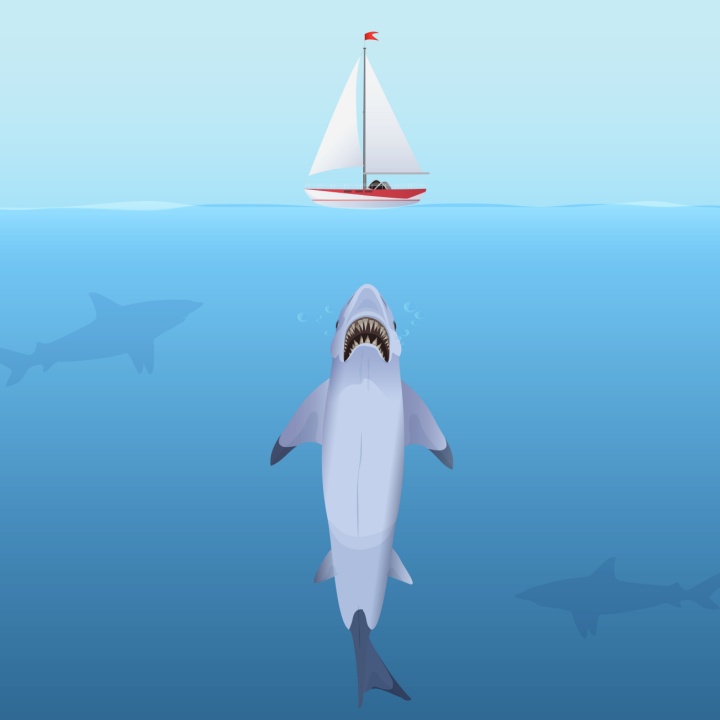‘You’re Gonna Need a Bigger Boat’ – Storytelling and eLearning
Do Data Protection and Jaws have anything in common? Perhaps not, but they could do with the right amount of imagination and storytelling.

‘You’re gonna need a bigger boat.’
You’d struggle to find someone unfamiliar with this quote, even among people who haven’t seen Jaws, but you’d likely struggle just as much to find someone who could easily name the Data Protection Act 2018, despite this being a focus of much of the UK’s most common compliance training. Why does a 50 year old film quote stick so much more than training renewed each year? How can we make GDPR just as memorable as ‘you’re gonna need a bigger boat’?
The key is the storytelling. Jaws is a properly structured story, which studies show induce our brains to release dopamine, a hormone that causes increased focus, motivation, and, crucially, memory. Stories also activate the parts of the brain corresponding to visual, auditory, and kinaesthetic learning, the three most common types of learner. In Jaws’ case, we see the film, hear the dialogue, and vicariously experience the story, the three things each learner benefits from. This means everyone has a better recall of the whole plot from iconic opening to climactic end.
While the consequences of GDPR breaches may be even scarier than a great white shark, this is typically taught via text or narration over unconnected footage. Not only does this approach not induce dopamine, it also doesn’t resonate with all three types of learners, making retention difficult.
There are existing methods of including stories in eLearning: real-life case studies, immersive scenarios, gameified levels, and character-driven learning. All of these can incorporate storytelling, but they can also lack the structure that induces a dopamine release.
So how do we structure our stories? Others have suggested Vonnegut’s Man in the Hole model, a story about a character who starts happy, ‘falls in a hole’, and overcomes that obstacle to an even better position than they started at. Learners are climbing out of their own ‘holes’ through eLearning, and Jaws itself follows this model. If we apply this to pre-existing methods, they can function more effectively, but what about the rest of the course? There may be a bolder path.
If a whole course can be relayed through storytelling, if learners can follow a character who faces an obstacle that they somehow overcome, that relays information about personal data, how to transport it, and the causes and consequences of data breaches, that information should stick so much more effectively. It may be tougher than catching a rogue shark, but we can make Data Protection Act 2018 just as memorable as ‘you’re gonna need a bigger boat.’








